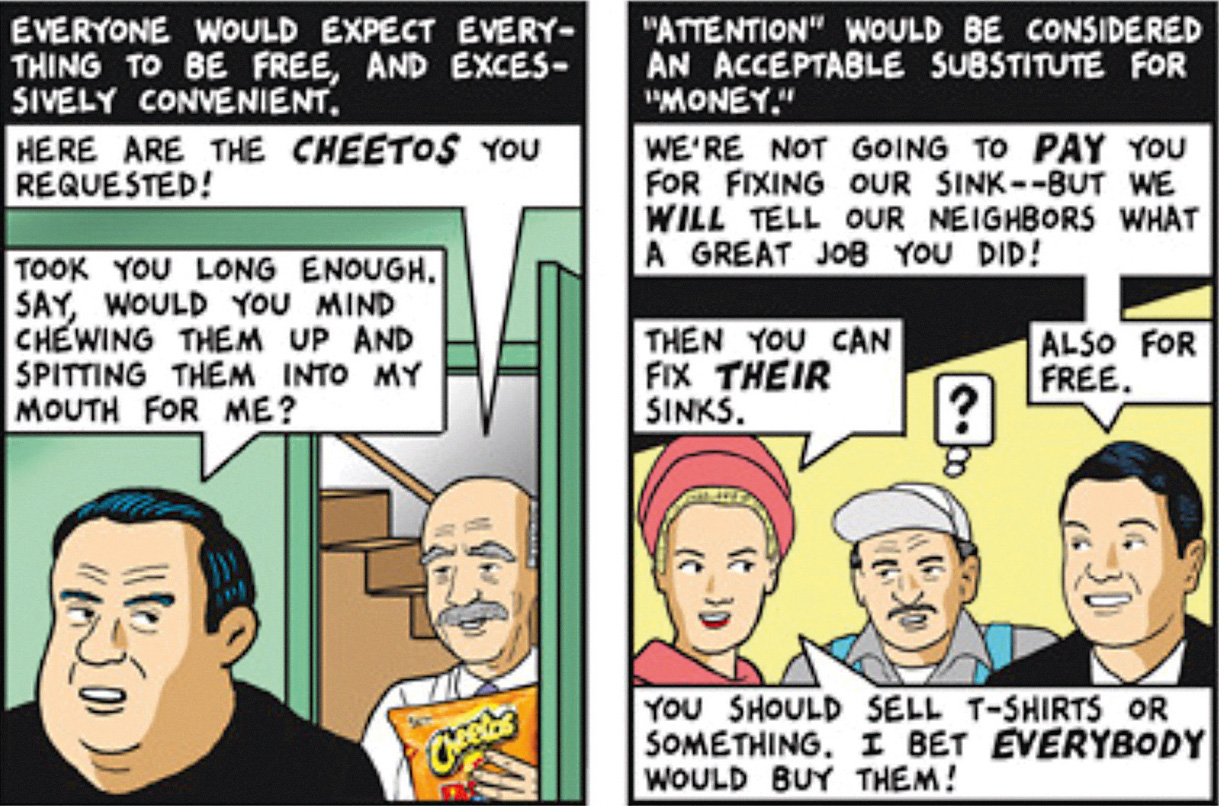14g Use appropriate emotional appeals.
Most successful arguments appeal to our hearts as well as to our minds—as is vividly demonstrated by the campaign to curb the AIDS epidemic in Africa. Facts and figures (logical appeals) convince us that the problem is real and serious. What elicits an outpouring of support, however, is the arresting emotional power of stories and images of people living with the disease. But credible writers take particular care when they use emotional appeals; audiences can easily begin to feel manipulated when an argument tries too hard to appeal to their pity, anger, or fear.
Concrete descriptive details
Like photographs, vivid words can bring a moving immediacy to any argument. A student may amass facts and figures, including diagrams and maps, to illustrate the problem of wheelchair access to the library. But only when the student asks a friend who uses a wheelchair to accompany her to the library does the student writer discover the concrete details necessary to move readers. The student can then write, “Marie inched her heavy wheelchair up the steep entrance ramp, her arms straining, her face pinched with the sheer effort.”
Figurative language
Figurative language, or figures of speech, can paint a detailed and vivid picture by making striking comparisons between something you are writing about and something else that helps a reader visualize, identify with, or understand it (23d).
Figures of speech include metaphors, similes, and analogies. Most simply, metaphors compare two things directly: Richard the Lion-Hearted; old age is the evening of life. Similes make comparisons using like or as: Richard is as brave as a lion; old age is like the evening of life. Analogies are extended metaphors or similes that compare an unfamiliar concept or process to a more familiar one.
Visuals can also create vivid comparisons. The panels below come from a cartoon from Tom Tomorrow’s comic strip, This Modern World, called “If Real Life Were More Like the Internet.” Tomorrow, whose work appears regularly online, suggests in these panels that digital content has value, just as physical products and services do—and that those who create such content should be able to earn a living from it. Tomorrow adds emotional weight to the comparison by making the cartoon characters who want free content seem selfish and blind to the needs of those who serve them.

Visuals that make emotional appeals
Visuals that make emotional appeals can also add substance to your argument. To make sure that such visual appeals will enhance your argument, test them out with several potential readers to see how they interpret the appeal. Consider, for example, the photograph above, which shows a funeral arranged by an American Legion post in Florida to honor four U.S. military veterans who died homeless. Some readers might see this image as an indictment of the government, which allowed soldiers who had fought for their country to end up without a place to live—but others might view it instead (or also) as confirmation that patriots come from every walk of life or that veterans honor their own even when others fail to do so.
